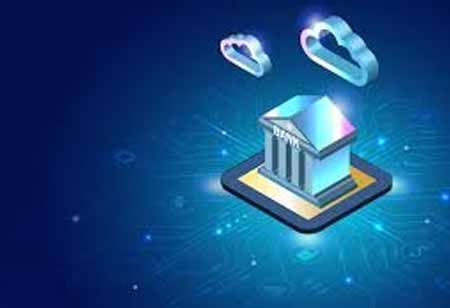THANK YOU FOR SUBSCRIBING

By
Banking CIO Outlook | Wednesday, January 31, 2024
Stay ahead of the industry with exclusive feature stories on the top companies, expert insights and the latest news delivered straight to your inbox. Subscribe today.
Full-stack digital banks offer various services and possess the necessary bank regulatory approvals. They keep their separate identities and balance sheets while issuing loans and deposits.
Fremont, CA: Neobanks are online-only, digital-only financial institutions. They are, to put it simply, nonexistent. They add an immersive digital layer to traditional banking, promising a smooth online experience. Customers can easily create accounts and utilize their offerings because of their tech-driven nature.
Characteristics of Neobanks
Neobanks are quickly becoming the preferred option for many consumers because of their many features that cater to the changing needs of modern consumers. They focus on quickly meeting their customers' demands and improving the banking user experience.
Savings Account:
Customers may think that long wait times at traditional brick-and-mortar banks never end. Neobanks' online format makes it simple for users to open savings accounts, even when they don't have a debit card.
Credit Cards:
Neobanks advertise attractive credit card deals. Neobanks are becoming more attractive as traditional banks hesitate to provide financial services to specific sectors and companies (like startups). Based on business performance, several neobanks even provide high-limit, unsecured credit cards.
Personal or Business Loans:
Neobanks strive to assist some underbanked groups by providing various services, such as startup and individual loans. By doing this, neobanks are addressing and closing the gap between traditional banks, individuals, and expanding companies nationwide.
Types of Neobanks
Several types of neobanks exist. They may include:
Front-End Neobank:
A front-end-only neobank lacks a valid banking license to operate. Typically, it works with a typical financial institution to offer services to its clientele, relying on their support. Such a neobank frequently bases its operations on the balance sheets of regular banks.
Digital Banking Units:
Digital banks that operate independently or stand-alone are the online branches of well-known banks. To use a stand-alone digital bank, you must need a license for virtual banking. As soon as these banks have enough capital to protect the savings of their investors, they can obtain their banking license.
Full-stack digital banks (licensed):
Full-stack digital banks offer various services and possess the necessary bank regulatory approvals. They keep their separate identities and balance sheets while issuing loans and deposits. The expensive networks of physical locations do not burden these banks in an increasingly digital world.
THANK YOU FOR SUBSCRIBING
Be first to read the latest tech news, Industry Leader's Insights, and CIO interviews of medium and large enterprises exclusively from Banking CIO Outlook
I agree We use cookies on this website to enhance your user experience. By clicking any link on this page you are giving your consent for us to set cookies. More info



